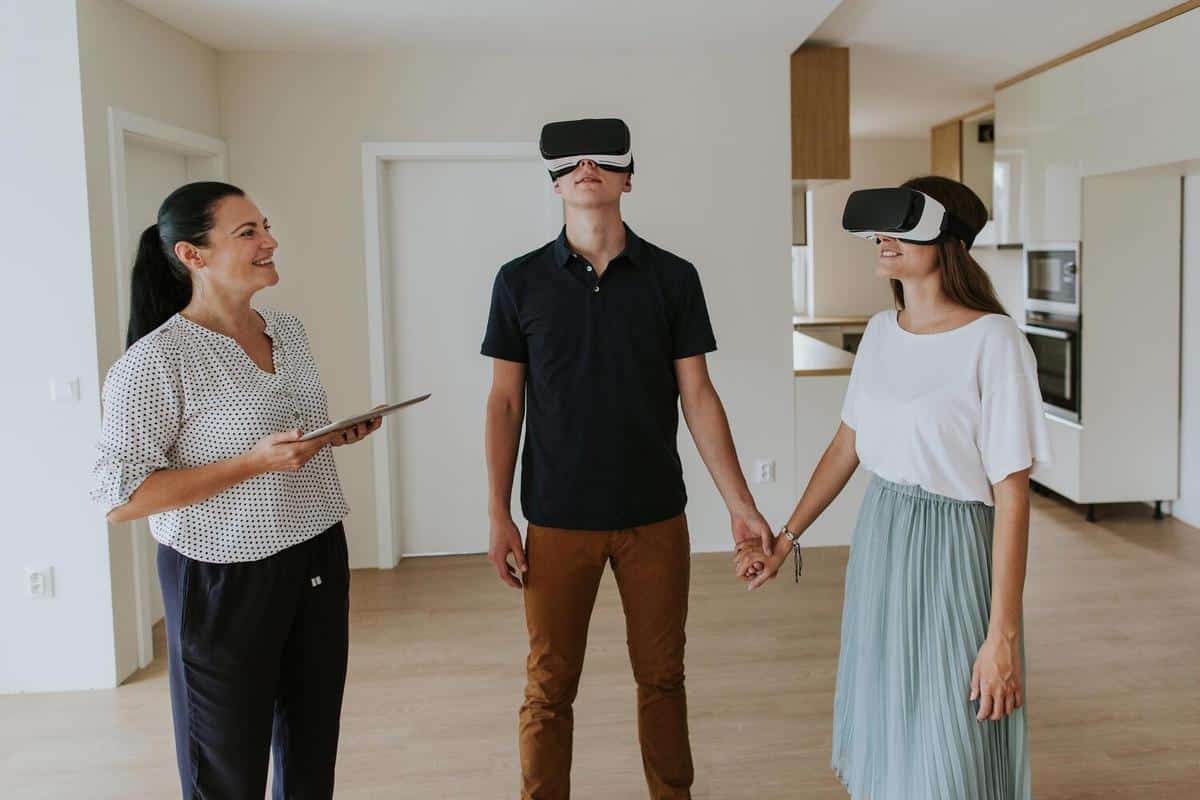
Virtual Reality and Augmented Reality: The Next Frontier in Real Estate Marketing
The intersection of technology and real estate is transforming the way properties are marketed and sold, with Virtual Reality (VR) and Augmented Reality (AR) standing at the forefront of this revolution.
Exploring the Impact of VR and AR in Real Estate Marketing
Virtual Reality and Augmented Reality are not just buzzwords; they are game-changing technologies reshaping real estate marketing. As noted by industry expert Mark Johnson, “These technologies are revolutionizing how buyers and sellers interact with properties.” According to a report by Goldman Sachs, the VR and AR market in real estate is expected to reach a valuation of $2.6 billion by 2025, highlighting their growing significance.
How VR and AR Enhance Property Showcases
VR allows potential buyers to experience a property from the comfort of their home, offering immersive 3D tours that bring listings to life. Meanwhile, AR can overlay digital information on a physical space, providing valuable insights during in-person visits. For instance, imagine previewing different furniture layouts or color schemes virtually before making a decision.
Case Study: A Personal Experience
Consider the story of Alex, a real estate agent who embraced VR technology. By offering virtual tours, Alex increased the number of property viewings by 30%, attracting international buyers who couldn’t travel for a visit. This example underscores the practical benefits of integrating VR into marketing strategies.
Actionable Tips for Real Estate Professionals
- Invest in quality VR equipment to provide high-definition virtual tours.
- Utilize AR apps to enhance the in-person viewing experience.
- Collaborate with tech-savvy real estate photographers and designers.
- Stay updated on the latest VR and AR trends to remain competitive.
Comparison Table: VR vs. AR in Real Estate
| Feature | Virtual Reality | Augmented Reality |
|---|---|---|
| Experience | Immersive 3D tours | Enhanced physical visits |
| Equipment | VR headset | Smartphone or tablet |
| Setup Cost | Moderate to high | Low to moderate |
| User Engagement | High | Medium to high |
| Suitability | Remote viewing | In-person enhancement |
| Market Reach | Global | Local |
| Learning Curve | Steep | Moderate |
| Customization | High | Moderate |
FAQs on VR and AR in Real Estate
How can VR reduce time on market for properties?
VR can attract more prospective buyers by allowing them to tour properties online, which speeds up decision-making and reduces the time properties spend on the market.
Are VR and AR cost-effective for small real estate agencies?
While initial investments can be high, the cost is offset by the potential to reach a broader audience and close deals faster, making it viable for agencies of all sizes.
For more insights on virtual real estate technology, visit [Real Estate Tech Trends](https://www.realestatetechtrends.com). As VR and AR continue to evolve, their role in real estate marketing will only grow, offering exciting opportunities for industry professionals to explore.
Conclusion
In summary, Virtual Reality and Augmented Reality are transforming real estate marketing by providing innovative ways to showcase properties and engage potential buyers. By adopting these technologies, real estate professionals can stay ahead in a competitive market, offering unique experiences that meet the evolving needs of buyers. Embrace VR and AR today, and unlock the potential of the next frontier in real estate marketing.


